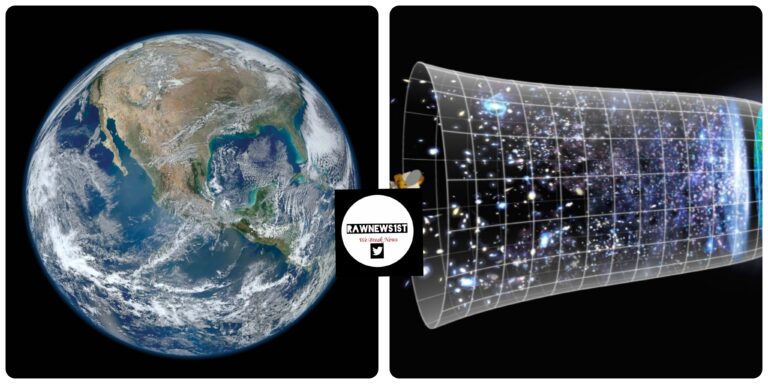
Just as mountains tower over Earth’s surface, seamounts also rise above the ocean floor. The tallest mountain on Earth, as measured from base to peak, is Mauna Kea, which is part of the Hawaiian-Emperor Seamount Chain.
That’s in part because their craggy walls — formed from volcanic activity — provide a plethora of habitats.
Seamounts also promote upwelling of nutrient-rich water, which distributes beneficial compounds like nitrates and phosphates throughout the water column.
They’re like “stirring rods in the ocean,” says David Sandwell, a geophysicist at the Scripps Institution of Oceanography at the University of California, San Diego.
These underwater edifices are often hot spots of marine biodiversity
More than 24,600 seamounts have been previously mapped. One common way of finding these hidden mountains is to ping the seafloor with sonar (SN: 4/16/21).
But that’s an expensive, time-intensive process that requires a ship.
Only about 20 percent of the ocean has been mapped that way, says Scripps earth scientist Julie Gevorgian. “There are a lot of gaps.”
So Gevorgian, Sandwell and their colleagues turned to satellite observations, which provide global coverage of the world’s oceans, to take a census of seamounts.
Full Link ( Here )
© CopyRights RawNews1st





